Invented by Xiaoyong Yi, Fengmin Gong, Jiang Zhang, Qi Chen, Yu Wang, Beijing Voyager Technology Co Ltd
One of the main drivers behind the growth of this market is the rising concern for passenger safety and security. With the increasing number of incidents involving unauthorized access to vehicles and fraudulent activities, there is a growing demand for robust authentication systems that can ensure the identity of both the passenger and the vehicle. Mutual authentication provides an additional layer of security by verifying the identity of both parties involved, reducing the risk of unauthorized access and potential harm.
Another factor contributing to the market growth is the increasing adoption of connected vehicles and smart transportation systems. As vehicles become more connected and integrated with various technologies, the need for secure authentication becomes paramount. Mutual authentication allows vehicles to communicate securely with other devices and systems, ensuring that only authorized individuals can access and control the vehicle.
Furthermore, the market for passenger and vehicle mutual authentication is driven by the growing popularity of ride-sharing and car rental services. These services heavily rely on trust and security to attract and retain customers. By implementing mutual authentication systems, these companies can provide an added sense of security to their users, ensuring that only authorized individuals can access the vehicles.
The market for passenger and vehicle mutual authentication is also fueled by government regulations and initiatives aimed at improving transportation security. Many countries are implementing stricter regulations and standards to enhance passenger safety and prevent unauthorized access to vehicles. Mutual authentication systems help companies comply with these regulations and provide a secure environment for passengers.
In terms of market segmentation, the passenger and vehicle mutual authentication market can be categorized based on the type of authentication technology used. This includes biometric authentication, such as fingerprint or facial recognition, as well as vehicle identification technologies, such as RFID or GPS tracking. The market can also be segmented based on the end-user industry, including ride-sharing companies, car rental services, public transportation, and others.
North America and Europe currently dominate the market for passenger and vehicle mutual authentication, owing to the presence of major players and the high adoption rate of advanced transportation technologies. However, the market is expected to witness significant growth in the Asia-Pacific region, primarily driven by the increasing urbanization and the rising demand for secure transportation systems.
In conclusion, the market for passenger and vehicle mutual authentication is experiencing rapid growth due to the rising concern for passenger safety, the adoption of connected vehicles, and the increasing popularity of ride-sharing and car rental services. With the implementation of mutual authentication systems, companies can enhance security, comply with regulations, and provide a trusted environment for passengers. As the transportation industry continues to evolve, the demand for robust and efficient mutual authentication solutions is expected to further increase.
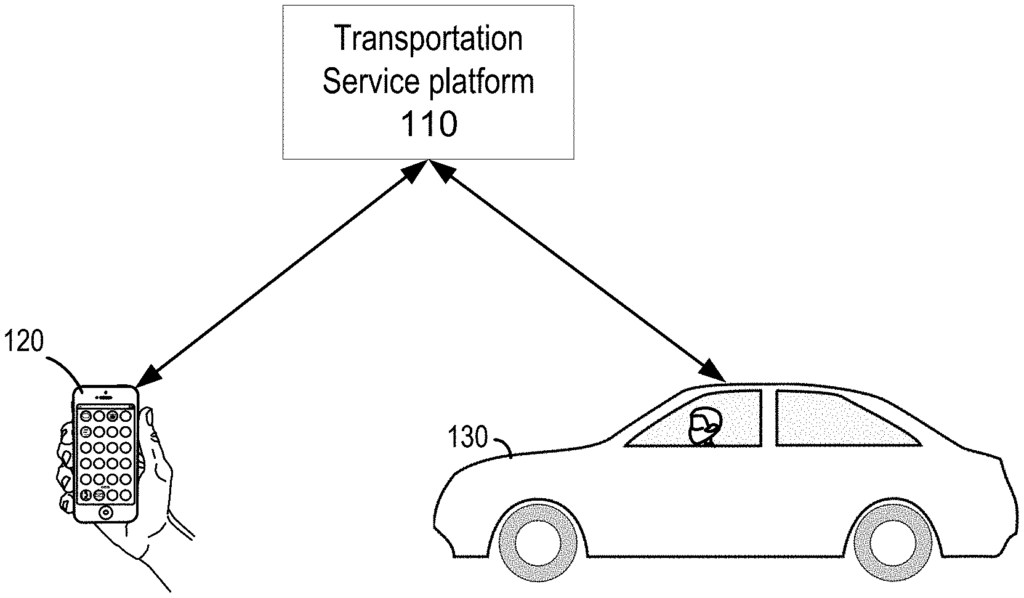
The Beijing Voyager Technology Co Ltd invention works as follows
Aspects” of the invention relate to mutual authentication techniques between a passenger who has requested a transport service and the dispatched vehicle that will provide the transportation service requested. A user device that is associated with the passenger verifies a dispatched car using a vehicle accessibility token generated by the transportation service platform, and then sends a key to the vehicle. The dispatched device uses the secret key in order to retrieve passenger biometric data from a secret secret that was received by the user device via the transportation platform. It then captures passenger information on site and compares recovered biometric data with the biometric data collected on site to verify the passengers.
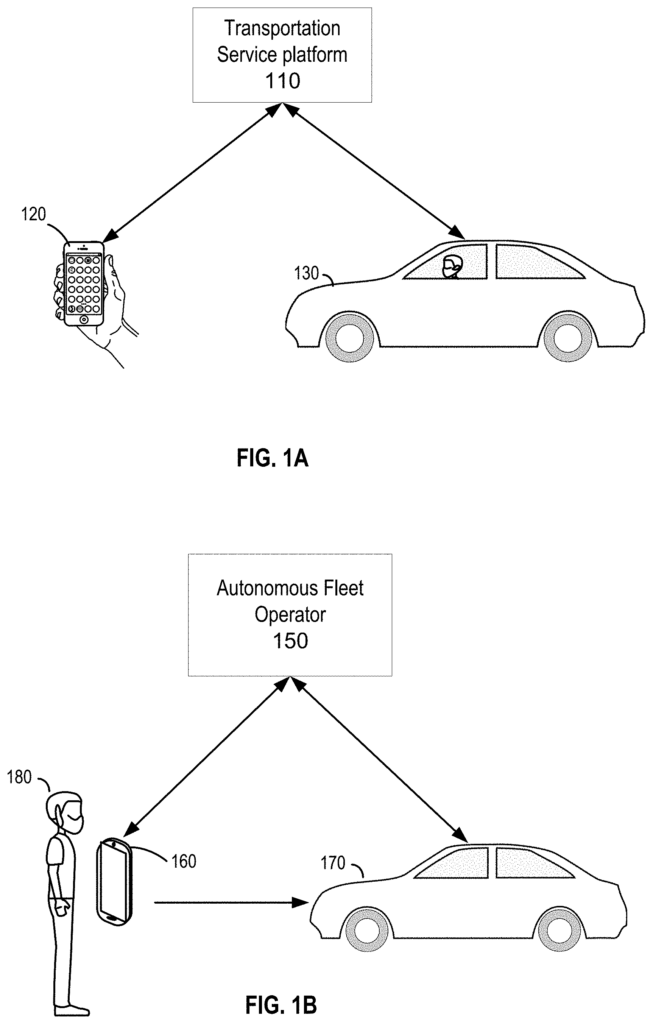
Background for Passenger and vehicle Mutual Authentication
A self-driving car (also known as an autonomous vehicle, or a driverless vehicle) is a vehicle capable of sensing and navigating its environment without much human input. A self-driving car can be used as a taxi or to provide on-demand transportation. The use of autonomous driving technology can offer many benefits. These include reducing transportation costs, the need for parking, the number and size of vehicles needed, reducing congestion, etc. There are many risks and challenges associated with autonomous cars, including safety, security and privacy concerns.
Techniques disclosed in this document relate to autonomous vehicles.” Specifically, but without limitation, techniques are disclosed for improving the safety and security of autonomous vehicles as well as passengers in autonomous vehicles. The techniques disclosed herein can help solve issues related to safety and security, such as when user devices are stolen, vehicles are hacked, or vehicles are owned or operated maliciously. In some embodiments, mutual authentication is used not only to authenticate the passenger who has requested an autonomous car, but to also verify the vehicle that was requested by the passengers. The inventions described in this document include devices, systems and methods. They also describe non-transitory computers-readable storage media that store programs, code or instructions executable on one or more processors.
According to certain embodiments a mutual authentication method that uses passenger biometric data, instead of relying solely on machine-generated security codes, tokens or passwords, can be used to authenticate the autonomous vehicle as well as the passengers. In one example, the method may include creating a secret key and passenger secret using biometric data of a particular passenger and the secret code, and then sending the transportation service request along with the passenger secret from the user device. In addition, the method can include the following: determining the autonomous vehicle, a vehicle access token for the autonomous car by the transport service platform, sending a copy of VAT to the user device by the platform, and sending both the passenger secret and the second copy of VAT to the vehicle by the platform. The method can also include reading the second version of the tax by the autonomous device, and sending the secret key to the autonomous device based on the determination that the second VAT copy read by the autonomous device matches the first VAT copy sent by the transportation platform to the device. The method can also include the following: recovering biometric data of a passenger from the passenger secrets by the autonomous device using the secret key; capturing biometric data of a user on the user device by autonomous vehicle; and unlocking autonomous vehicle based upon a match between the recovered biometric info of the passengers and the captured biometric info of the users.
In some embodiments, a transportation service platform can include both an operation server as well as a security client. The operation server may select the autonomous car from a plurality, send a dispatch request to the security servers including the identification of the vehicle, the secret of the passenger, and determine the VAT by the security servers.
In some embodiments, a method may also include the transportation platform determining the expiration period of the VAT and sending that expiration period to the user device. In some embodiments the reading of the second copy by the user device of the VAT in the autonomous car may only include reading of the second copy from the autonomous car before the expiration period expires.
According to certain embodiments of the method, a transport service platform may receive a passenger secret, and a request from a customer for a service, wherein the passenger secret can include biometric data encrypted with a secret key generated by a device user. The transportation service platform may also select a vehicle to provide the requested transportation service on the basis of the request. It will then determine a vehicle accessibility token (VAT), send a first copy to the user device and send the passenger secret along with a second version of the VAT to the selected car. The match between the first and second copies of the vehicle access token (VAT) may indicate the vehicle that has the second copy. The passenger secret can be used to authenticate a user of a user device using biometric information before unlocking the door of the selected car for the transportation service requested. In some embodiments the method can also include determining a VAT expiration period and sending that expiration period to the user device. The match between the first and second copies of the tax may become invalid after this time period.
In some embodiments, a transportation service platform can include an operation and security server. Selecting the vehicle and determining VAT may include selecting a vehicle from a number of vehicles by an operation server, sending an dispatch request to the security and operation servers including the identification of the vehicle selected and the secret of the passenger, and determining VAT by the security and operation servers. In some embodiments of sending the VAT first copy to the user’s device, the operation server may send the first VAT copy to the security server and the security server may then send the first VAT copy to the user.
In some embodiments, passenger biometric data may include at the least one of fingerprint, iris pattern voice spectrum or facial feature. In some embodiments the method can also include storing a passenger secret on the platform for transportation services, with a time limit after which it becomes invalid. In certain embodiments, a method can include setting the VAT to invalid VAT when an expiration period has passed.
The method can include reading the second vehicle access token from a vehicle and comparing it to the first VAT. It may also include sending the secret key from the user’s device to the vehicle based on determining the first VAT matches with the second VAT.
In some embodiments the method can include receiving the expiration date for the first tax from the platform that provides transportation services. Comparing the first and second taxes may only include comparing them before the expiration date expires. In certain embodiments, the method can also include determining the expiration date and sending a renewal request or request for a brand new VAT. In some embodiments the secret key and the passenger secret can have an expiration date. In some embodiments the biometric information of the passenger includes at least one fingerprint, an eye pattern, a voice range, or a face feature. In some embodiments reading the second value added tax from the vehicle can include reading it using a near field communication receiver, Bluetooth receiver, WiFi receiver or WiMax receiver.
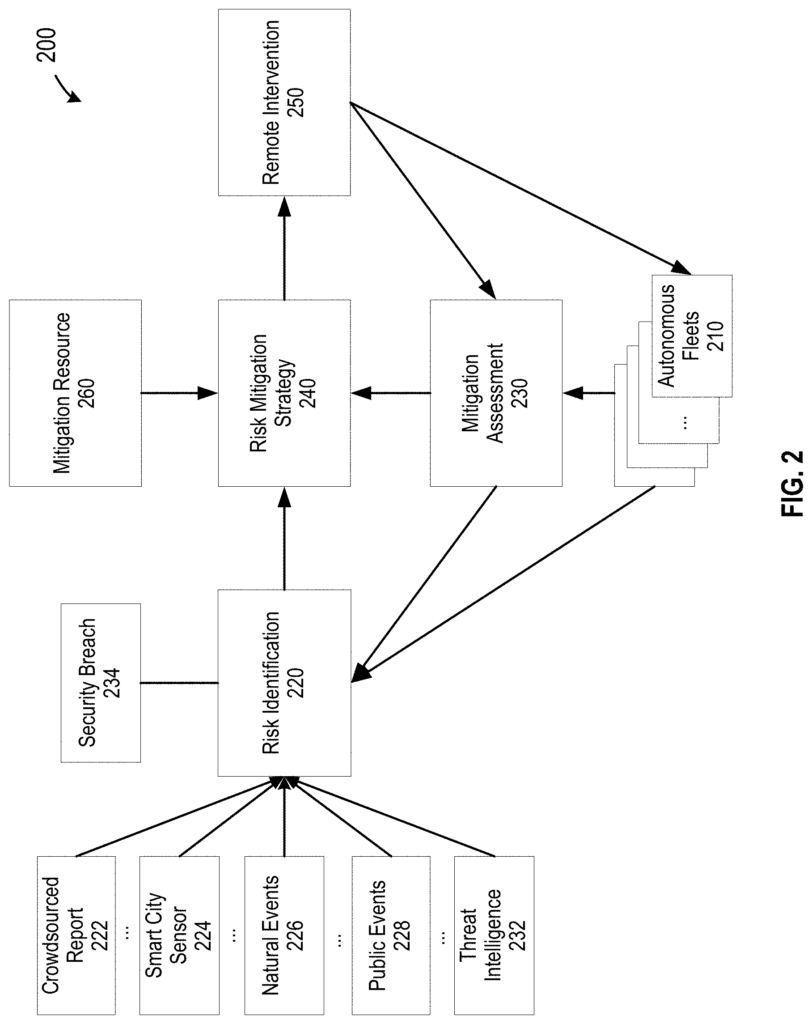
The method can also include providing the VAT by the vehicle to the user device, receiving the secret key by the vehicle from the user device after the user device verifies the vehicle using the VAT, recovering the passenger biometric data from the secret by the vehicle using the secret key, and unlocking a door of the vehicle by the vehicle based on a matching between the recovered passenger biometric and the captured on-site biometric information. The method can also include providing the VAT by the car to the user, receiving the secret code from the device after the device has verified the vehicle with the VAT, recovering passenger biometric data from the passenger secret using the secret, capturing biometric on-site information by a user by the device and unlocking the door of the automobile by the device based on the matching of recovered passenger biometric and captured biometric on-site information.
In some embodiments, passenger biometric data may include at the very least one of fingerprint, iris pattern or voice spectrum. In some embodiments the vehicle can be autonomous. In some embodiments the secret key may be provided to the device by using a Bluetooth, WiFi, WiMax, or ZigBee receiver. In some embodiments at least one of VAT, passenger secret or secret key can have an expiration date.
The techniques disclosed herein could offer many improvements and advantages over current techniques. The vehicle can obtain the secret key and passenger secret from different sources, such as a security server or a user device. If either of these is incorrect, then the passenger cannot be authenticated. An imposter will not be authenticated by the vehicle if they cannot obtain the correct secret key and passenger secret before one of them expires. By using biometric data to authenticate a passenger, instead of relying solely on the device that the passenger is using (e.g. a smartphone that could be stolen, discovered, or hacked by someone other than its owner), both the device and the person can be authenticated in order to protect the vehicle from imposters. A user can also confirm that the vehicle requested is the one that was requested or that it belongs to the service provider that they want, and not a vehicle which has been stolen, hacked or hijacked or compromised in any other way (e.g. being modified). The techniques can also be used to reduce security and safety issues, such as vehicles that are compromised, or those that are owned or operated maliciously.
The terms and phrases that have been used are terms of description, not limitation. There is no intention to exclude any equivalents or portions of the features shown and outlined. It is acknowledged, however, the fact that different modifications can be made within the scope and claims of the system or method. It is important to note that although examples and optional features have been provided, modifications and variations of concepts should be readily apparent by those with knowledge of the art. These modifications and variations should also be considered within the scope and definition of the system and method as stated in the claims.
This summary does not aim to identify the key or essential features, nor should it be used to determine the scope and extent of the subject matter claimed. It is important to understand the subject matter by referring to relevant portions of this disclosure’s entire specification, all drawings and each claim.
The following specification, claim, and accompanying drawing will describe the foregoing in greater detail, along with other features and example.
Techniques disclosed in this document relate to autonomous vehicles generally, and specifically to techniques that improve safety and security, both for autonomous vehicles and for passengers riding autonomous vehicles. There is no driver present to confirm that the person riding in the autonomous vehicle is the one who requested the service. To protect the vehicle against being accessed unintentionally, an alternative method must be used to authenticate a passenger before access can be granted. For passenger safety or privacy, it may be necessary to authenticate the autonomous vehicle as well. This is to make sure that the vehicle is the one requested and dispatched and to ensure its integrity.
According to certain embodiments a mutual authentication technique is used by the autonomous vehicle to authenticate the passenger and uses a combination between biometric data and a mobile device associated with that passenger, rather than using only security codes, tokens or passwords generated, transmitted or received by the mobile device. In one example biometric data of a person (such as their fingerprints, retinal and iris patterns or voicewave spectrum) can be captured, encoded (or decrypted) using a secret key created by the user device that is associated with them to create a passenger secret. The user device can send the passenger secret along with a request to a transportation platform’s operation server. The operation server can select an autonomous vehicle to provide the service, based on a request such as the location of the customer and the address for the destination. The operation server can then send information about the service requested (e.g. source location, destination address, time of service etc.) as well as the vehicle identification. In a dispatch request, the security server of the platform for transportation services will receive the passenger secret and other information. In response to the dispatch, the security server can generate a Vehicle Access Token (VAT) as well as the expiration date of the VAT. It will then send this VAT and expiration date back to the operating server. As a result of the transportation request, the operation server can send the expiration date and VAT to the user’s device. The security server can also send the secret of the passenger, the requested service, (e.g. source location, destination, time of service etc.) and the passenger’s secret. The VAT and expiration date of the vehicle are based on its identification.
The selected vehicle can arrive at the destination within a specified time (e.g. within the expiry time of VAT). The user device can read the VAT of the autonomous vehicle by using NFC, or other communication technology. The user device can then compare the VAT from the autonomous vehicle with the VAT from the operation server. The user device can determine if the VATs are the same if they match. The user device can send the secret key it generated to encrypt the biometric data of the passenger after the autonomous vehicle has been authenticated. The autonomous vehicle can then collect biometric data on the site. It will decrypt the secret of the passenger using the secret key, and generate expected biometric data. Finally, it will compare the collected biometric data with the expected biometric info to determine whether the person who is requesting access to a vehicle is actually the passenger who requested transportation services. The autonomous vehicle can unlock the door to allow the passenger access to the interior of the vehicle if the passenger has been authenticated.
The passenger secret is encrypted and the key to the secret is stored in the user device. This means that even if the passenger secrets are leaked, they may not be used by an imposter to access a vehicle because the secret key will only work on the user device (and other devices might not have the right secret key) and the biometric information of the passengers can also be collected at the site. The passenger secret, which is the result from an encryption, is stored in the device. This means that even if it is leaked, an imposter cannot use the secret to gain access to a vehicle.
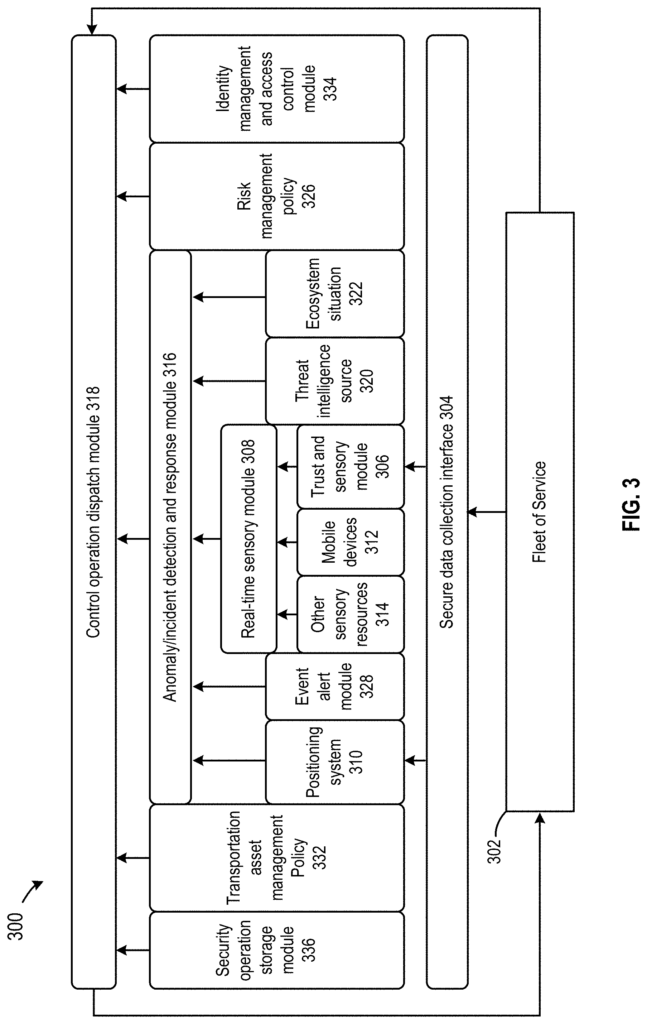
In some embodiments the secret key, the passenger secret and the VAT can have an expiration date and become invalid once the time has passed. In some embodiments the VAT, passenger secret, or secret key may be renewed if it takes too long for the transaction to complete. For example, if commute time exceeds the estimated time. In some embodiments the biometric data, secret key, VAT and passenger secret may expire instantly or be removed from the autonomous vehicle, the operation server or the security server once the mutual authentication is complete.
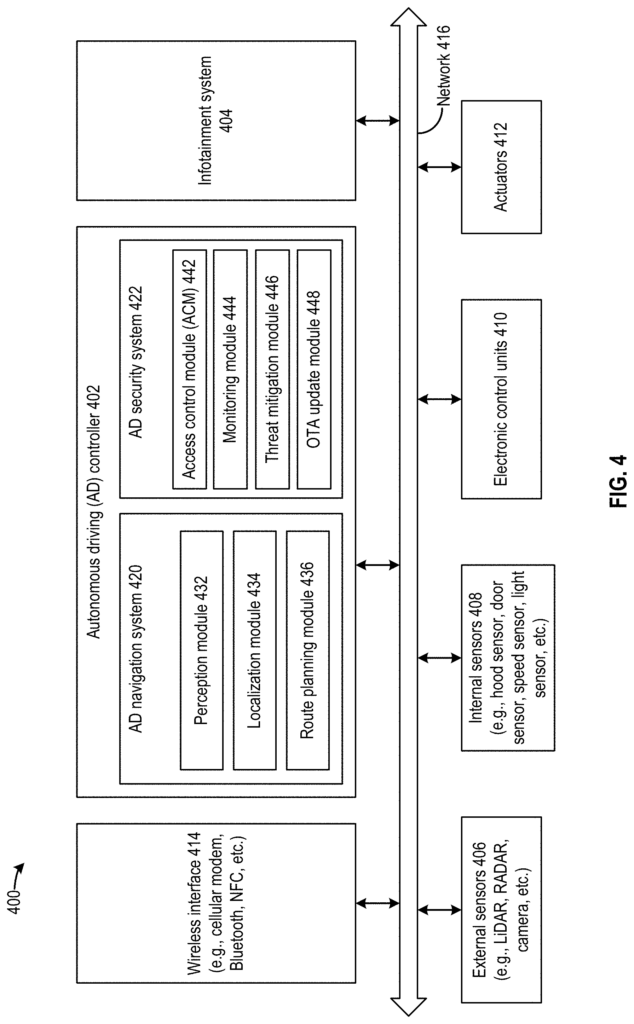
Click here to view the patent on Google Patents.
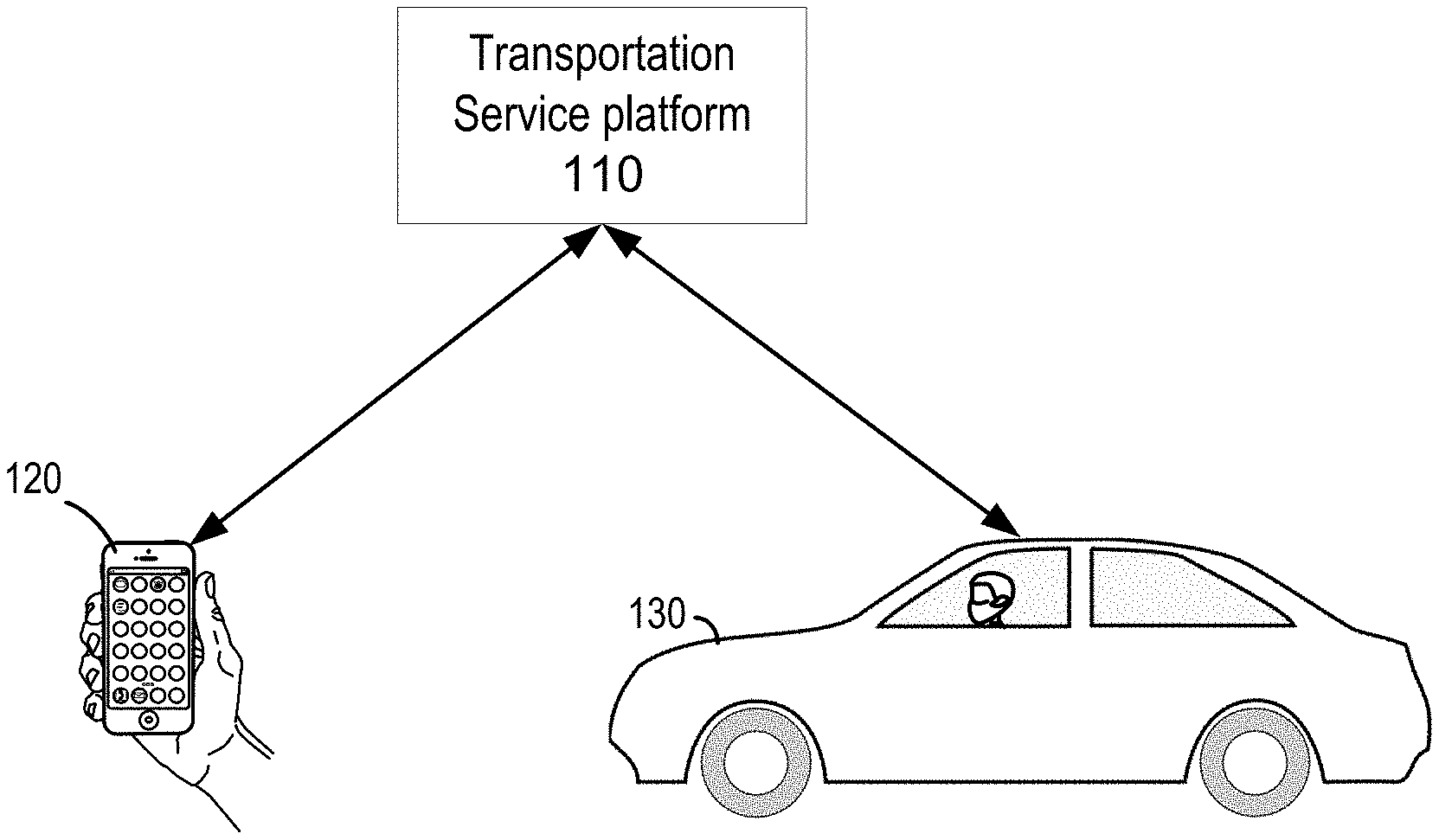
Leave a Reply